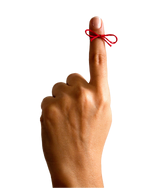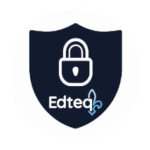Utilisés depuis quelques années dans le domaine du spectacle et du divertissement, les hologrammes percent maintenant le milieu de l’éducation.
En ce moment, la réalité augmentée est populaire en éducation. Il s’agit d’un procédé qui permet d’ajouter des éléments multimédia (images, sons, animations, effets visuels, etc.) à un contenu réel. Pour sa part, la réalité virtuelle permet aussi, par exemple, de faire pivoter une image et de zoomer avec une grande précision.
Les développements en matière de réalité virtuelle et augmentée ont également permis d’innover sur le plan holographique. Un hologramme est le résultat d’un procédé photographique qui permet de projeter une image en trois dimensions sur pratiquement n’importe quelle surface.
HoloLens : visualiser concrètement les notions étudiées
Développé par Microsoft et présentement utilisé un peu partout sur la planète, HoloLens est une sorte de casque permettant de « voir » des hologrammes créés à partir de son ordinateur. En éducation, son potentiel se fait notamment remarquer dans le domaine de la biologie et des sciences médicales.
Les hologrammes créés par HoloLens peuvent permettre, entre autres, de visualiser un corps humain en 3D. Les élèves qui apprennent la biologie et l’anatomie peuvent ainsi visualiser concrètement les notions qu’ils étudient. Loin d’être anodines, les possibilités de la réalité augmentée et des hologrammes dans le domaine des sciences sont si importantes que, dans plusieurs pays, ces technologies trouvent leur place dans les facultés de médecine. Au Royaume-Uni, on songe même à remplacer les traditionnelles dissections par des simulations par hologrammes.
Certains experts en technologies sont d’avis que la technologie holographique pourrait prochainement révolutionner le monde de l’image.
Un hologramme « maison » avec une tablette!
En 2015, l’équipe Pixels du journal Le Monde recréait avec succès une simple expérience permettant de s’initier aux hologrammes. Il suffit d’une tablette mobile, d’une feuille de plastique transparente et brillante, d’un accès à Internet ainsi que d’un peu de géométrie pour y parvenir. Une belle expérience à réaliser en classe, détaillée dans l’article. Bien que ce ne soit pas exactement un hologramme (il faudrait alors des lasers), le principe reste intéressant!




 Recevez l'Info #DevProf et l'Hebdo pour ne rien manquer des nouveautés de l'École branchée!
Recevez l'Info #DevProf et l'Hebdo pour ne rien manquer des nouveautés de l'École branchée!




